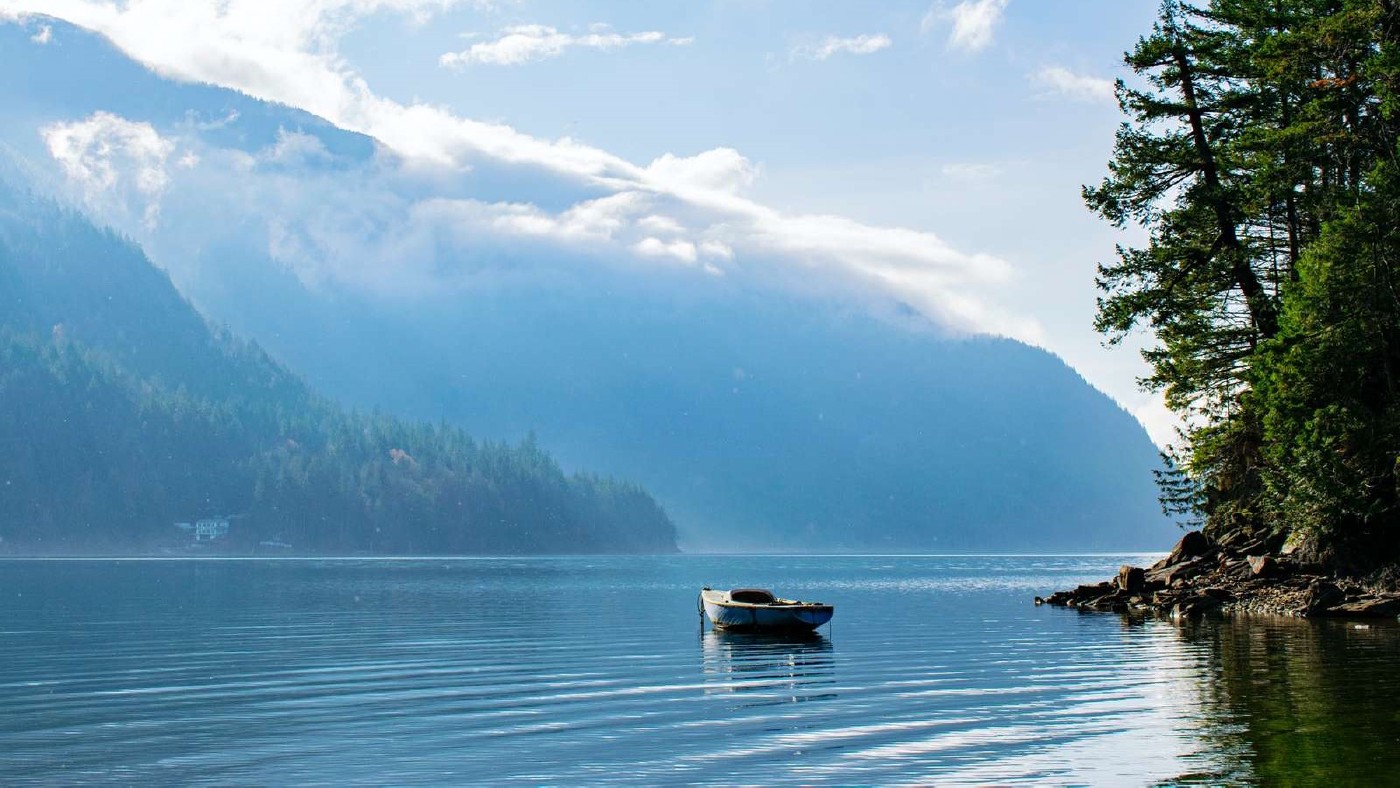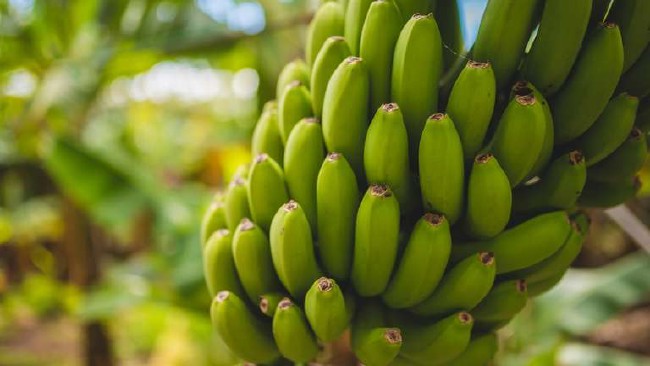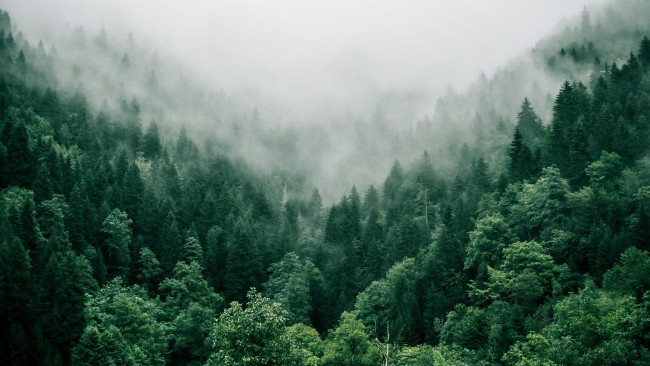What are the main causes of floods?
In the past few weeks, British Columbia witnessed the worst floods in recorded history, leading to the evacuation of nearly 20,000 people and $1 billion in damages.
Also, two weeks after the first rainfalls, Vancouver is still virtually inaccessible by road from the rest of the country—forcing the government to impose restrictions on fuel and travel.
Why? Nowadays, floods create more damage than before because of a combination of factors.
- Forests can naturally slow water down, absorb it and release it gradually over several days. But, human intervention remodelled the landscape and replaced these forests with paved areas that redirect water straight into rivers and lakes, overflowing them in the process.
- The growing population led to the creation of entire neighbourhoods in areas with a significant risk of flooding. Each flood can also affect more people since urban areas are denser and denser.
- As a result, floods would be more serious even without climate change. However, global warming also plays its part by evaporating more water from the ocean and letting the warmer atmosphere hold a greater volume of water, increasing rainfalls’ intensity. Moreover, droughts make the soil extremely dry and compact—impeding its ability to absorb and retain water.
In a nutshell, global warming worsens the rainfalls, and many factors reduce the land’s ability to drain water properly. In British Columbia, the main causes for these extreme floods include the proximity to the ocean, intensive logging, and having drained the Sumas Lake artificially to create fertile farmlands 100 years ago. Last week, the overflow from the nearby rivers refilled the Sumas Lake, as anticipated by a 2020 report.
With work from home becoming more pervasive, we don’t necessarily need to live in urban areas anymore—helping us build a world more resilient towards floods.
Related Posts
How Metropolitan France grows zero-carbon exotic produce
In France, Les Arts Verts grow tropical produce in greenhouses to reduce the carbon footprint associated with importing food from around the globe.
DroneSeed leverages drone technology to further reforestation efforts
DroneSeed developed a drone-based technology to reforest lands after wildfires efficiently.
Aether creates the world’s first carbon-negative diamonds
After years of research, Aether Diamonds cracked the technology allowing them to create the world’s first carbon-negative diamonds.



